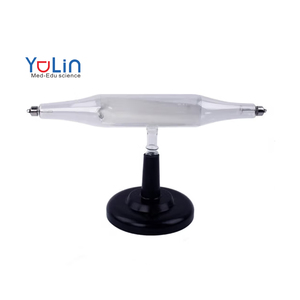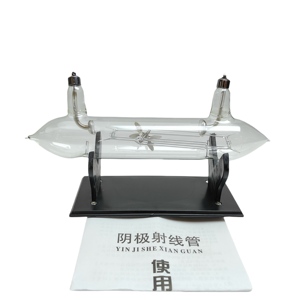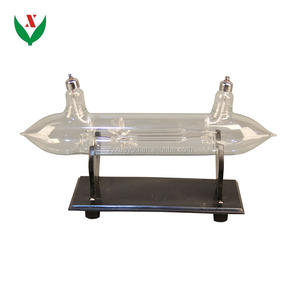Cathode Tube Ray: An Overview
The cathode tube ray is an essential component in modern electronic displays and imaging devices. Originating from the fascinating field of electron physics, this technology harnesses the properties of cathode rays, which are streams of electrons emitted by a cathode in a vacuum tube. These rays are fundamental in various applications, including television screens, computer monitors, and scientific instruments.
Cathode tube rays have revolutionized how we visualize and interact with information, leading to advancements in both consumer electronics and research applications.
Types of Cathode Tube Rays
There are several types of cathode tube rays, each with distinct characteristics and applications:
- Cathode Ray Tube (CRT): This is the traditional form of cathode tube ray used in older televisions and computer monitors. It operates by directing electron beams onto a phosphorescent screen.
- Infrared Cathode Ray Tubes: Used primarily in remote sensing technologies, these tubes involve a variation that emits infrared radiation.
- Fluorescent Cathode Tubes: These tubes utilize phosphor coatings to convert cathode rays into visible light, commonly found in various lighting solutions.
- Medical Imaging Cathode Tubes: Employed in certain diagnostic equipment, this type provides enhanced imaging through precision electron projection.
Applications of Cathode Tube Rays
The cathode tube ray technology has a wide range of applications that highlight its versatility:
- Television Displays: CRT televisions were once the standard for visual entertainment, forming the basis of broadcasting and gaming technologies.
- Computer Monitors: Before the advent of LCD and LED technologies, CRT monitors were ubiquitous in offices and homes, offering rich colors and responsiveness.
- Medical Equipment: Cathode tubes are used in devices like X-ray machines, providing critical diagnostic imaging for healthcare.
- Scientific Research: In laboratories, cathode tube rays are employed in experiments that delve into atomic and molecular behaviors, aiding advancements in physics and chemistry.
Advantages of Cathode Tube Rays
The utilization of cathode tube rays carries numerous benefits, making it a valuable choice in various fields:
- High Fidelity: They deliver exceptional image quality with superior color reproduction and brightness.
- Robustness and Longevity: CRTs are known for their durability and can often function effectively for years if maintained properly.
- Cost-Effectiveness: While newer technologies are gaining ground, cathode tube rays remain a budget-friendly option for many applications.
- Adaptability: Their versatility allows for use in various forms of imaging and display purposes, emphasizing their importance in different sectors.
























































































































































